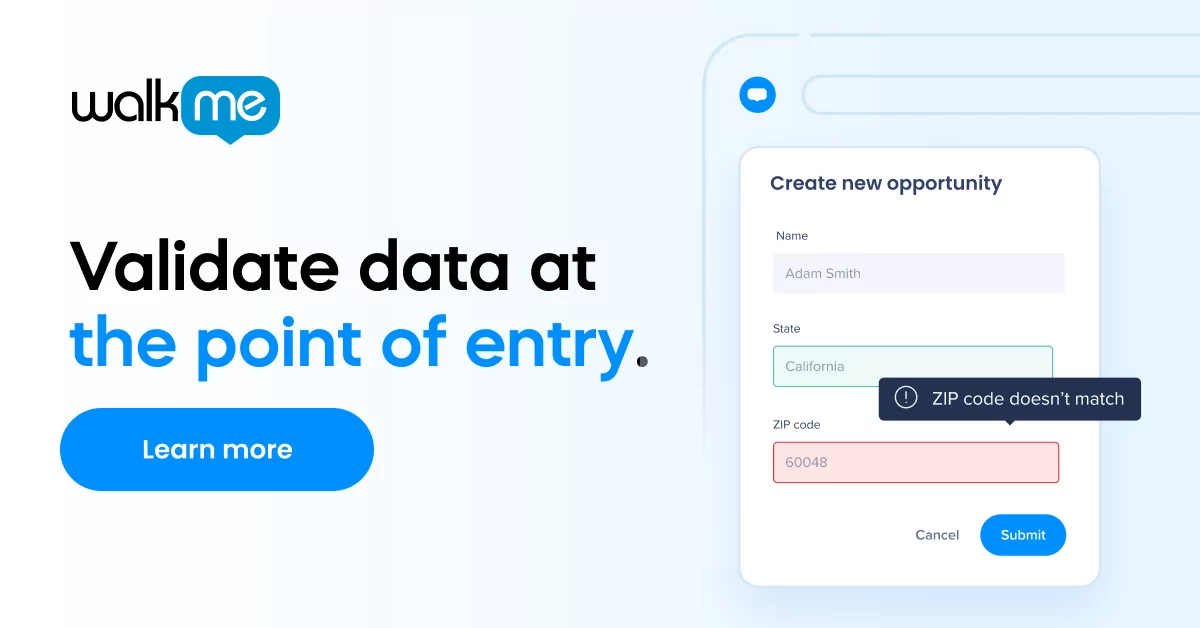Investments in IT resiliency are essential for any organizational resilience strategy. Earning executive buy-in for such investments, however, can be a challenge.
The best way to earn support for IT resiliency plans is to establish a dialogue with other business leaders, understand their needs, and find a way to speak to those needs.
At the same time, it also important for IT leaders, such as CIOs, to expand the scope of IT resilience beyond IT operations and include other aspects of organizational resilience, such as planning for the future of both the workplace and workforce.
Organizational resilience, after all, depends on many other factors that extend beyond operational resilience, such as people, processes, and strategy.
Below, we’ll explore how IT leaders can define these concepts in a way that makes sense to other executives – and, as a result, gain support for initiatives that center around IT resiliency.
The anatomy of IT resilience
The exact definition of IT resiliency often varies from person to person. This ambiguity can pose problems when holding a discussion about resiliency with other senior leaders.
A good first step then is coming to a mutual decision as to what IT resilience means in the context of the organization:
Operational resilience
System resilience, as defined by Donald Firesmith at Carnegie Mellon, refers to how well a system “protects its critical capabilities from disruption caused by adverse events and conditions.”
Resiliency strategies focus on three controls:
- Detection of adverse events and conditions
- Response activities
- Recovery of lost capabilities and assets
The most resilient systems are well-balanced and include the ability to detect, respond, and recover from adverse conditions or events.
The model laid out by Firehouse is detailed and extensive – and from the perspective of IT operations, it is an exceptionally useful model to understand.
However, the responsibilities of the CIO are expanding beyond IT service management (ITSM).
That is, many of today’s CIOs are no longer just operational CIOs, they are transformational leaders who are heavily involved in digital transformation, organizational change, and other strategic initiatives.
It is important, therefore, to understand that IT is not just an operational function, but also a strategic one.
Operational resilience vs. IT resiliency
Since IT’s role is evolving in the business, so too is the concept of IT resiliency. To compound matters, IT’s role will often differ between organizations.
IT leaders should begin by understanding how their department is viewed by the CEO and the C-suite as a whole.
They can then bridge the gap between operational resilience and organizational resilience, which refers to an organization’s comprehensive strategy for minimizing the impact of business disruptions.
Tying IT resiliency to organizational resilience can help IT leaders build better relationships with the C-suite, establish a common language with other senior leaders, and further align IT with other business functions.
To better educate other leaders on the value of IT, Gartner recommends crafting a “value story” that connects IT operations to business outcomes.
The same strategy can work when tying IT resiliency to organizational resiliency.
The question then arises – how can you create such a story?
The C-suite
Every business leader has their own concerns and they each speak their own language. To create a story that they can relate to, it is necessary to understand those concerns and learn their language.
Here are a few examples:
CHROs
Employees’ roles are changing significantly as a result of technology-driven innovation.
Chief Human Resource Officers (CHROs) are concerned about these shifting roles and how technology will affect the workforce.
Employee agility, workforce skills, and digital literacy are all areas where CHROs and CIOs can collaborate.
For instance, CIOs can help CHROs build workforce resilience through IT investments that cultivate digital self-reliance.
Solutions such as WalkMe’s digital adoption platform (DAP) incorporate self-service and automated guidance, which can help cultivate a culture that is more self-reliant and therefore more resilient.
CMOs
Chief marketing officers (CMOs) are concerned with areas such as customer data, the customer experience, and how to best leverage emerging technologies to improve customer relations.
They are also well aware of the fact that customer behavior can change rapidly from one day to the next.
COVID-19, for example, dramatically shifted customers’ attitudes and buying behaviors.
Companies that were not prepared for the shift to online shopping fared worse than those that were.
Digital technology naturally played an enormous role in organizations’ ability to stay resilient and operational during this crisis.
As a result, conversations about IT resiliency can also revolve around topics such as IT agility and digital marketing.
CFOs
Chief Financial Officers (CFOs) are often concerned with efficiency, costs, and financial performance.
They often view IT investments as expenditures, rather than investments that contribute to business outcomes.
One way to shift this viewpoint is by demonstrating how the right IT technologies can minimize the financial impacts of disruptive changes and adverse events.
The global shift to remote working that occurred in 2020, for instance, was more easily handled by companies that had already invested in remote-friendly technologies, such as teleconferencing tools, cloud-based solutions, and online training software.
Final thoughts
IT’s role is expanding making it more important than ever to incorporate technological strategies into the organization’s overall resilience strategy.
The best way to do this is by extending the scope of IT resilience beyond IT service delivery and maintenance. The IT of today plays a crucial role in every area of the business.
By explaining the value of IT to other executives, CIOs and business leaders can establish a common language, align priorities, and, most importantly, invest in IT solutions that bolster the organization’s ability to resist and recover from adversity.


